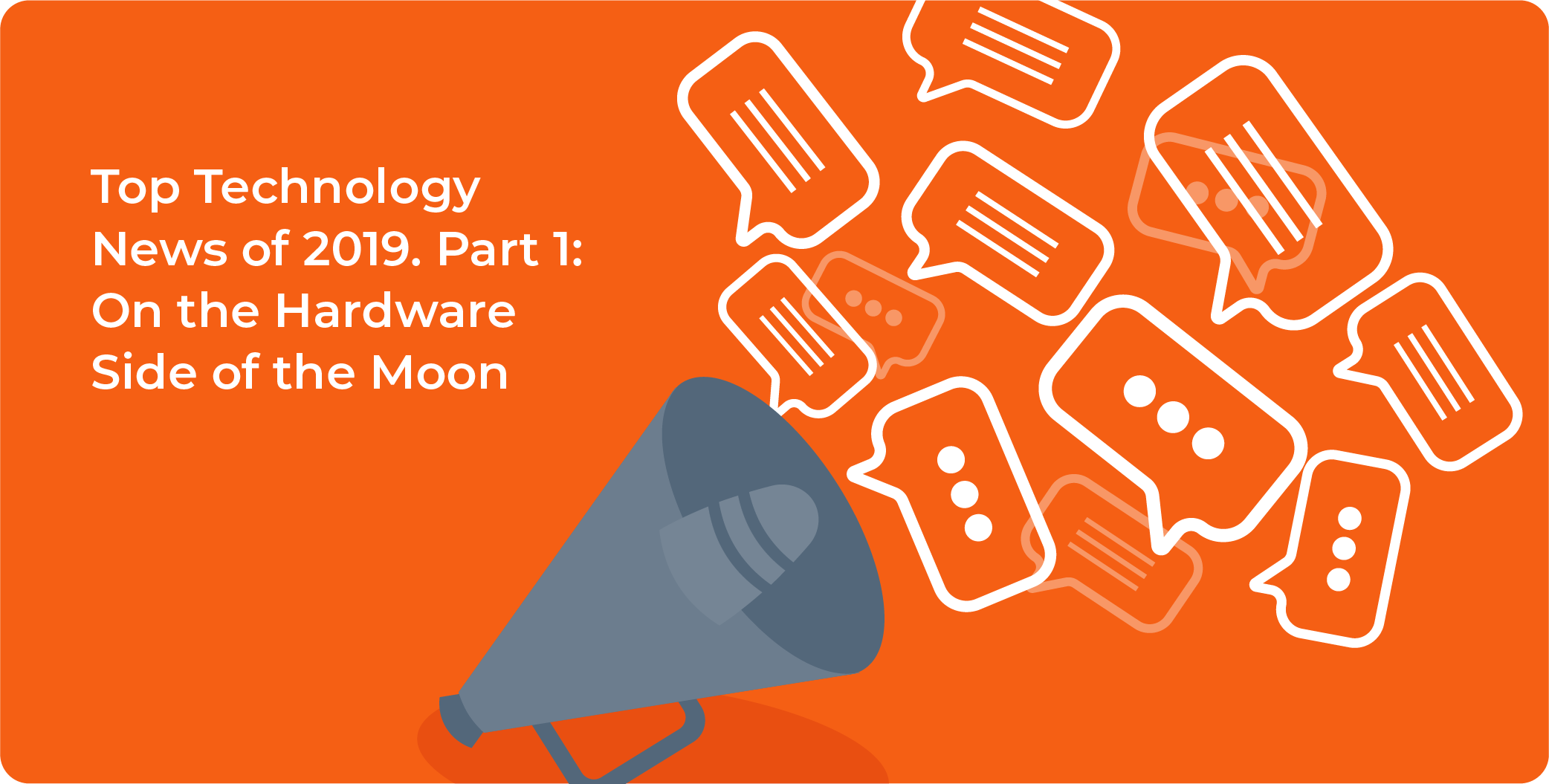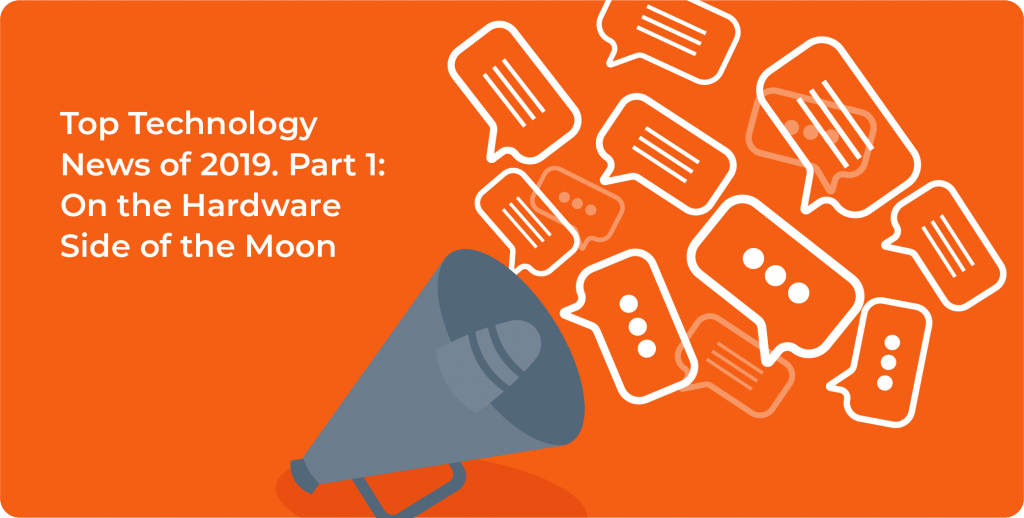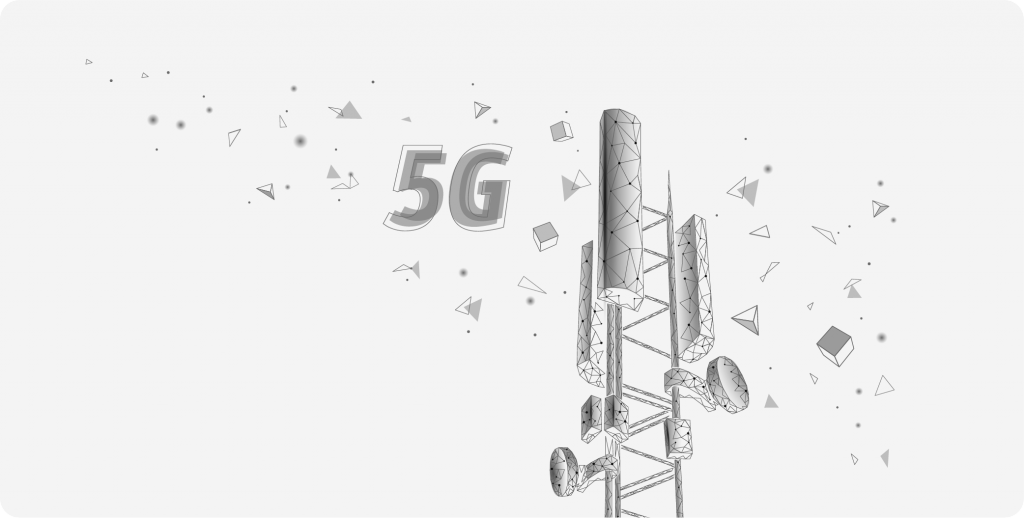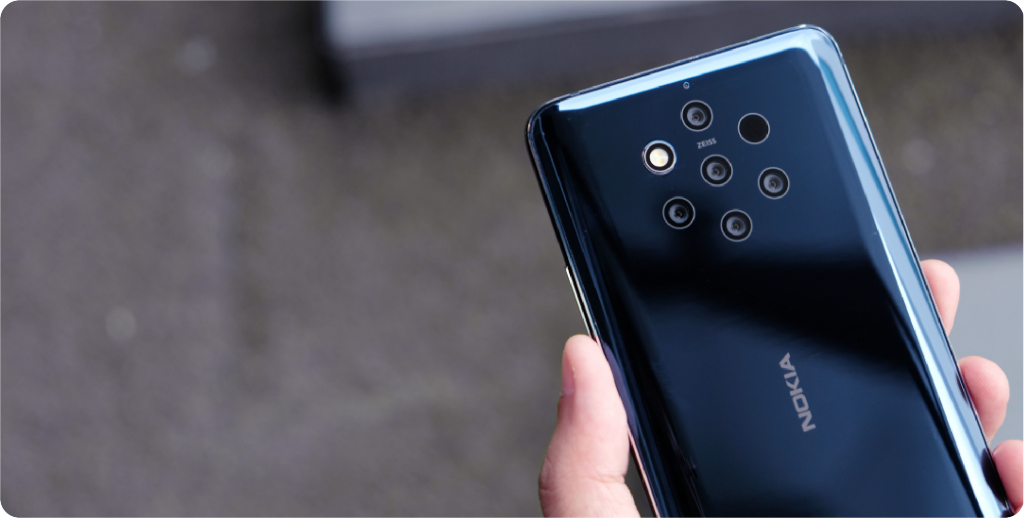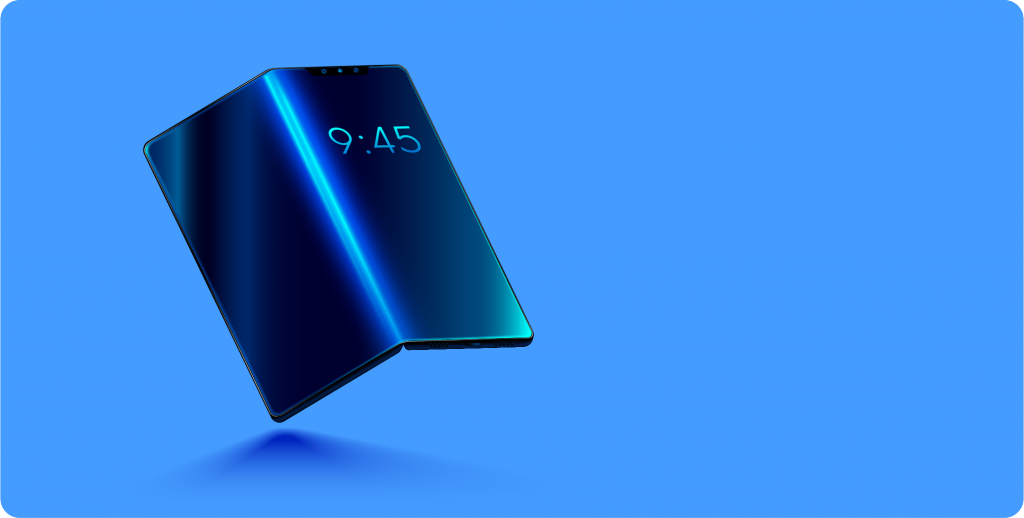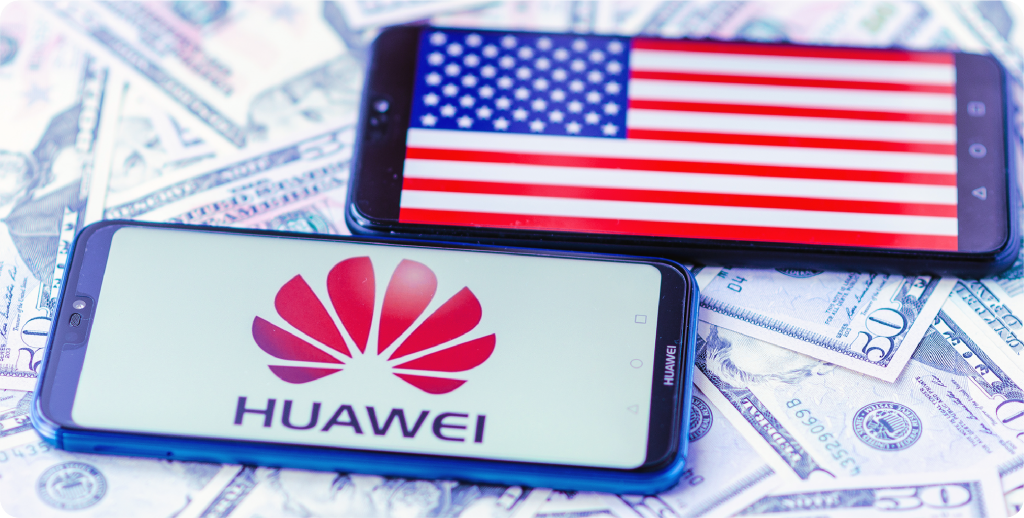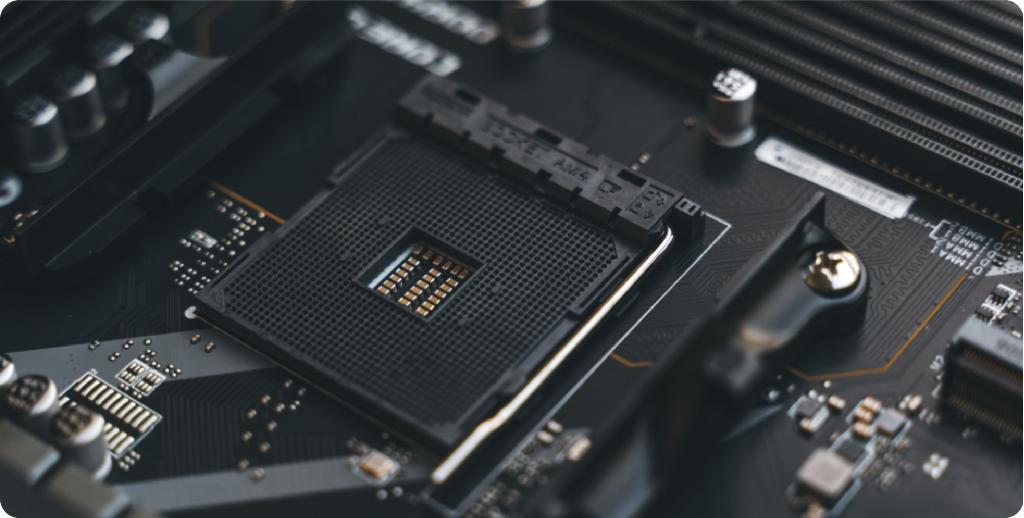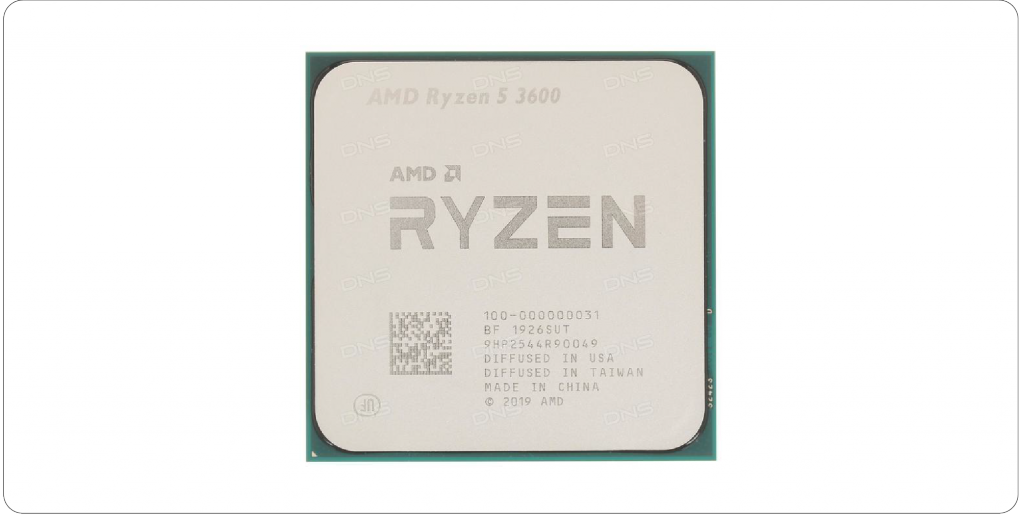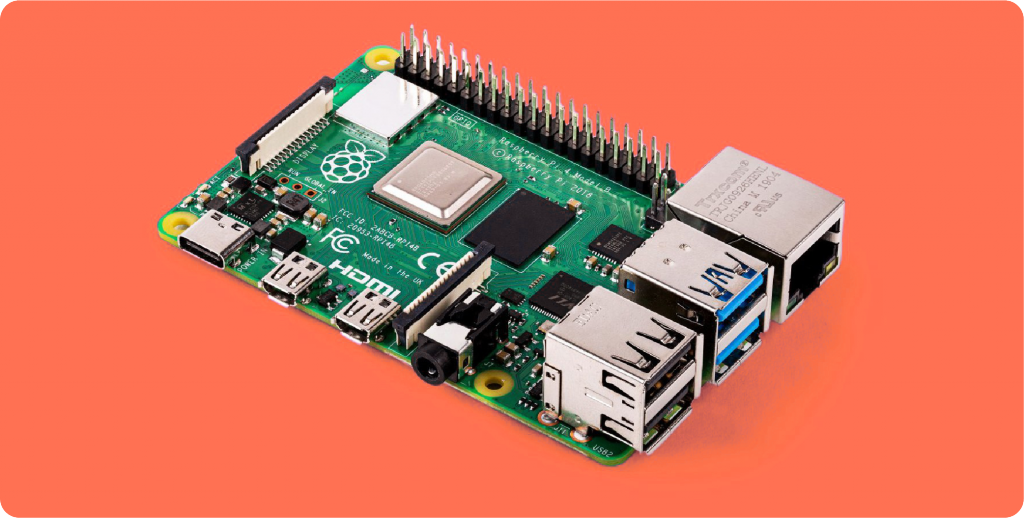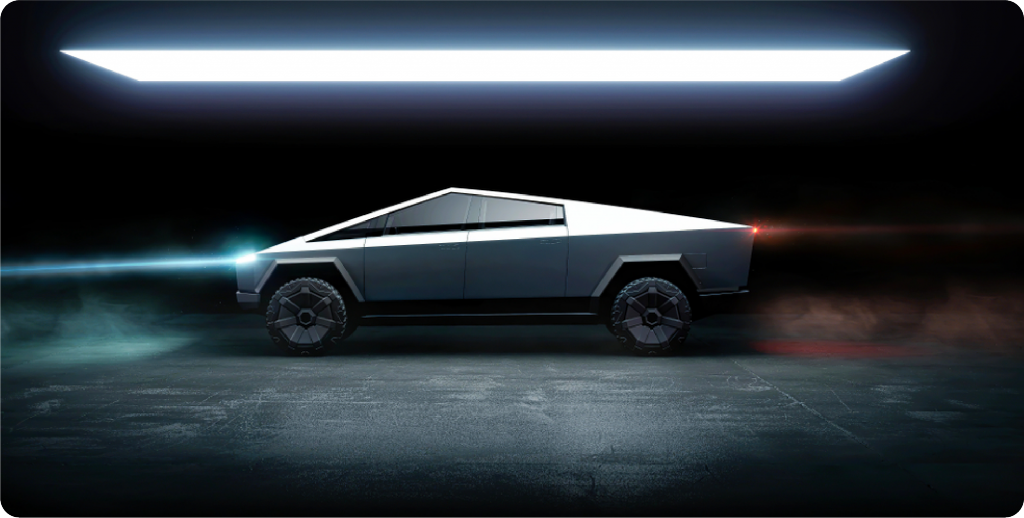As the year 2019 has come to its end, so has the time to look back and see what it had in stock for us. Confusion reigns, for good reason, about the many tech inventions that have been heaped upon us over the past 12 months. Check out our selection of the most important (in our humble opinion) technology news from the last year.
written by:
Anastasia Borodinets
As the year 2019 has come to its end, so has the time to look back and see what it had in stock for us. Confusion reigns, for good reason, about the many tech inventions that have been heaped upon us over the past 12 months. Check out our selection of the most important (in our humble opinion) technology news from the last year.
FYI. This article covers news related mostly to hardware. For software, see the second part which will be soon available here.
5G Rolling Out
2019 was a breakthrough for revolutionary 5G airwaves, promising a new era of mobile communications. Although the technology is not yet ready for mainstream adoption, its prospects show signs of future success. 5G has all the potential to revolutionize the way the world communicates, connecting all types of things — cars, lamp posts, maybe even goods in a supermarket — as well as people to the internet, at lightning speeds.
The communications watchdog Ofcom suggests that 5G should provide ultra-fast downloads — well above 100 megabits per second (Mbps) and as high as one to twenty gigabits per second (Gbps) — even in crowded places. That is fast enough to download a UHD 4K movie in less time than it takes to read its description.
In the short-term, the operators have to persuade consumers that 5G is worth picking up. For now, the big selling points are speed and a lack of congestion.
The mobile industry has all eyes on Apple, which is expected to unveil a 5G iPhone in September 2020. If that does not happen, this revolution could be postponed once again.
The vision of smart cities in which data flows seamlessly, creating all sorts of exciting services, is some way off. If you’re expecting to buy a 5G phone and walk out of a store and use 5G everywhere, that is absolutely not the case today. As of now, 5G should be seen as a long-term investment.
The Era of Triple-/Quad Camera Smartphones Has Begun
It would seem like forever ago that Huawei shocked the tech community by introducing the first smartphone with multi-camera modules operating together. But then, some time later in 2019, the dual camera setup gave way to the top-of-the-line standard with three and four lenses.
iPhone 11 features a triple-lens camera module, Huawei P30 Pro got four cameras, while Nokia 9 PureView was nicknamed a trypophobia-inducing handset because it had a five-camera array plus a flash and proximity sensor in a hexagonal set on the back.
And the popularity of triple modules continues to grow in the sector of budget phones. Let’s take for instance Tecno Camon 12 Air, which costs about $120, while having not only three modules in the main camera, but also a cutout in the screen for a front camera. Of course, this trend is controversial and not always 100% useful, but it does exist and it would be foolish to ignore it.
Unfold Your Smartphone
It would seem that ultra-flagship smartphones can no longer increase the price due to either the number of cameras or the size of RAM. However, flexible OLED displays came to the rescue, being flexible in the direct sense of the word!
Royole’s FlexPai was the first sign of this trend. Next came Samsung with Galaxy Fold, followed by Huawei with its Mate X, after which happened the return of the legendary Motorola RAZR v3 represented by the RAZR clamshell smartphone known colloquially as RAZR 2019 or RAZR V4. Which, however, will be released only in the early 2020.
We can also include the prototype sent for mass production — Xiaomi Mi Mix Alpha, with a screen that is not flexible, but rather bent over the entire area of the case. Of course, the cost of all these models is very high — exceeding 2,000 US dollars on average.
Huawei vs. the World
The trade war between the US and China had much impact on Huawei, China’s pioneer in the field of smartphone and modem equipment manufacturing. The effect was so tremendous that in the wake of Donald Trump’s decree the Chinese company simply lost access to Android, Windows and American hardware components.
That affected new devices, of course. However, Huawei’s transition to Chinese components was not long in coming. Harmony OS (known as Hongmeng in Chinese) was announced, but it is a universal operating system that was not originally created for smartphones. Huawei completely switched from Qualcomm to Kirin, but with laptops running on Windows, everything turned out to be more complicated.
Not because they couldn’t sell Linux-based laptops but because of the uncertainty surrounding US sanctions. First, America promised to partially shift them, then remove completely, then strengthen, and so on and so forth throughout the year. However, with Windows, the situation reached the balance, and the MateBook series was brought back to active sales.
Nevertheless, some smartphones (for example, the Mate 30/Mate 30 Pro series) were not supported by Google services. Huawei tried to minimize the pain of switching to its own services, including the AppGallery app store, but is still unable to cover all the needs.
In addition, the Chinese company was on several occasions accused of spying on Western nations in China’s interests.
PCIe 4.0 Standard
2019 was a breakthrough year for computer technologies, with PCI Express 4.0 coming to light. Being backward compatible with previous versions, this standard doubled throughput compared to PCIe 3.0.
In addition, the data transfer speeds increased, although it can only be applied to network cards and PCIe drives (the latter got versions with speeds of 6 gigabytes per second). The drawback is that the PCIe 4.0 controller turned out to be so hot that it needs separate cooling when on motherboards, with a fan or radiator.
So far, the PCIe 4.0 standard is available exclusively on AMD motherboards, chipsets and processors, including EPYC server, 3gen Threadripper HEDT models, and Ryzen 3gen mainstream models. Among the supported chipsets, we can single out TRX4 and X570, which are very expensive, to be honest. Budget versions will be available in 2020.
“Goodbye to Intel’s dominance on the CPU market”, says AMD
2019 in the desktop environment was, without a doubt, the year of AMD. The company finally cast off its negative reputation after a series of failed releases and regained its status of an innovator.
All thanks to the Zen 2 architecture, which got rid of all the sores of Zen and Zen+, and allowed to increase both frequency and cache in processors. Cache, represented by L3, was doubled, to say the least, and earned the name Game Cache in advertising materials.
And it worked out well for the company — AMD Ryzen 5 3600 has already been named by many publications the best budget processor for games, and the 12-core AMD Ryzen 9 3900X — the best for office surroundings.
And here we do not even consider other merits of AMD, which owns, among others, the first 16-core mainstream processor in the world (AMD Ryzen 9 3950X), one of the most expensive desktop processors to date (AMD Ryzen 9 3950X), the first generation supporting PCI Express 4.0, and complete dominance in the HEDT segment thanks to AMD Threadripper 3gen.
Intel’s reaction was extremely pleasing for the ordinary consumer — the company reduced the price for its new HEDT processors TWO TIMES (!!!). And 2020 promises to be even more promising in this regard.
The new Ryzen processor series showed an incredible price/performance ratio: they dominate the list of best-selling processors on Amazon, and in some regions AMD processor sales exceeded Intel sales. To win in the competition, Intel was forced to take extremely unpopular measures: it makes programs created with their own compiler to work less efficiently on competitor’s processors. Despite Intel’s dirty ways of fighting, AMD’s market estimate came close to the record highs of 2000.
Raspberry PI 4 Released
Today, programming is increasingly moving towards microcontrollers, wearables and the IoT. Raspberry PI in this world is somewhere in the middle — a full-fledged computer, but it fits in the palm of your hand. Starting from the very first version, this single-board player opened a new range of possibilities. Now it is already a quad-core processor, and it finally features modern usb-c output and supports 4K monitors. Compared with the previous version of Raspberry PI 4, it is a strong leap in the development of the series, while the low, adequate price makes this computer affordable not only for professional use, but also for training and home experiments.
Going for a Ride in Tesla Cybertruck
Last but not least.
Elon Musk is such a productive newsmaker that he alone could fill in the article covering results of the year. However, the highlight of the businessman’s career last year was his electric pickup truck.
The brainchild of his absolute genius, this pickup truck looks as if it were stolen from the set of Blade Runner. Or as if it were a 3D model from the first three-dimensional PC games. And of course, someone liked it, someone laughed at it, not believing in the reality of the announcement.
The vehicle was unveiled in November 2019. One of the advantages of Cybertruck is its resistance to external damage, as the pickup is armored. Musk, being a famous showman, decided to stage a performance and made Tesla chief designer Franz von Holzhausen hit the electric car door several times with a sledgehammer.
After that, Holzhausen threw an iron ball into the car window to show its strength, but the glass suddenly broke, which was one of the most memorable moments of the presentation.
After the presentation, many users called the car “ugly”, comparing it to polygonal models from outdated computer games, but we will be able to see its success only after the start of sales, which are scheduled for 2021.
The interior of the car is no less ambiguous. On the one hand, we have armored steel (which explains the angular shape) and bullet-proof glass, as well as several motors with different power characteristics to choose from. On the other hand, there is no rear-view mirror, which creates all the chances for Cybertruck being banned from sales in Europe due to the lowered safety for both passengers and pedestrians.
Nevertheless, in the USA, in a couple of weeks, the number of pre-orders of Tesla Cybertruck exceeded 250,000 units. And this happened against the backdrop of all that laughter and hooting.
By the way, Musk himself was already seen driving a “cybertrack” — video cameras detected that the billionaire, leaving the parking lot, did not negotiate the corner and knocked down a column. Apparently, he was not yet used to the dimensions of his creation.
To be continued...

Contacts
Feel free to get in touch with us! Use this contact form for an ASAP response.
Call us at +44 151 528 8015
E-mail us at request@qulix.com

